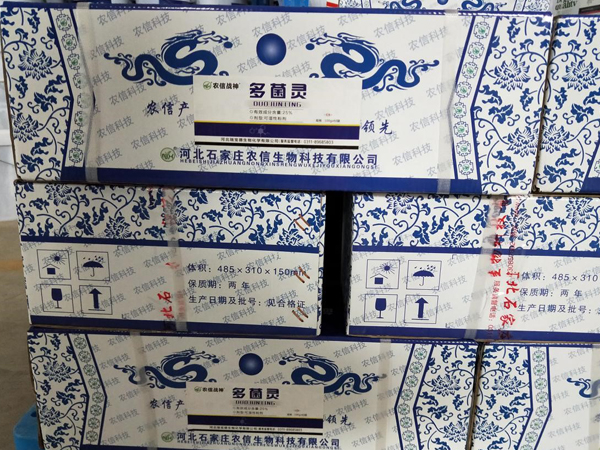Search Product
Search here for what you are looking for:
Search here for what you are looking for:

Prevention and treatment of pests and diseases of strawberry
After the colonization of the strawberry to the seedling stage, the high temperature and high humidity environment in the field is very conducive to the infection of anthracnose and root rot, and even harms the dead seedlings. At the same time, aphids, thrips, and Spodoptera litura may cause harm, if not control previously will result in significant economic losses. Starting from this intention of establishing healthy cultivation and green prevention system, it is necessary to strengthen cultivation management, improve the resistance of strawberry plants to disease and stress, scientific fungicides control, reduce and delay the resistance of chemical pesticides, and achieve green ecological production of strawberries. To this end, it is proposed that the combination of pests and diseases of pests and diseases in the bud stage and the use of chemical agents, as well as other green prevention and control technical measures, for reference by the majority of strawberry growers.
Ⅰ. Prevention strategy
Pay attention to the prevention and treatment of pests and diseases, depending on the local condition and weather conditions in the field, applying chemical pesticides scientifically. Adopting bio-protection or synergistic prevention with low-toxic, actively adopting non-chemical control and other green prevention and control measures to reduce the prevention and control pressure of strawberry flowering in the greenhouse, to improve the effect.
Ⅱ. Fungicides solutions
Prevention method
To prevent anthracnose and root rot, and to prevent powdery mildew, aphids, thrips, and two-spotted spider mites, biological agents are used in combination with low-toxic and low-residual chemicals, and they are used in rotation or alternately. Before and after the survival of the planting, until the end of September, the interval is about 5 days, and the prevention and control should be more than 3 times. From the end of September to the bud stage (before the shed), the control is usually about 10 days, and the prevention and control is more than 2 times. The focus is on timely application of leaves, typhoons and irrigation or rain. Roughly before sunset, it is better to evenly spray.
Treatment of anthracnose and root rot
The biological agent is selected, for example, 800 times of 6% of serotonin, 4% pyrimidine nucleoside antibiotics 400 times, 1000 times of 0.3% tetrahydrotetracycline, 3% of carbendazim WP 500 times, 24 % Jinggangmycin A 1500 times.
The chemical agent is selected, for example, 60% azole ether·Dyson WG 1200 times, 68.75% oxazole·manganese zinc 1000 times solution, 500 g/liter fluazinam SC 2000 times solution, 75% sputum pentoxide Zozolyl water-dispersible granules 3000 times solution, 80% chlordamine water-dispersible granules 600-1000 times, 50% prochloraz mannidyl salt WP 2000 times solution, 70% propyl zinc WP 500 times solution, 80% mancozeb WP 700 times solution and the like. It is recommended to select 1-2 kinds of biological and chemical agents.
At the same time, it can be combined with such as amino oligosaccharide, alginic acid, calcium alkoxide (or amino acid calcium), and sprayed 2 to 3 times.
Controlling of pests
If it was found that there were aphids and thrips, which were colonized into live seedlings and prevented in the early stage. Biopharmaceuticals use 1% azadirachtin water 800 times solution, 1.3% matrine water agent 1500 times solution, 60 g/L ethyl spinosyn SC 1500 ~ 2000 times solution, 40% flubendiate WG 4000-6000 times solution, etc.
Chemicals such as 50% fluniguanilonitrile WG 5000 times dilution, 240 g/L spirotetramat ethyl ester 4000 ~ 5000 times dilution, 10% flonica amide WG 1500 times dilution, 25% Thiamethoxam WG, 5000 to 8000 times dilution.
Pay attention to the investigation of the shed field or the purchased strawberry seedlings that have been damaged by leaf mites in the previous year. After colonization, the biological agent is selected from 0.5% sulphuric acid SL 500 times, 1% azadirachtin SL 800 times, 0.3% matrine SL 200 times, 5% eucalyptus oil 300- 500 times and so on. 30% oxazolidine SC 3000-5000 times, 20% butyl fluoride ester suspension 1500 ~ 2500 times, 43% biphenyl phthalate suspension 2000 ~ 3000 times, 240g / L snail ester SC 4,000-5000 times, 28% oxazolidine SC 5000-7000 times. In the event of the beginning of the filming, the hazard center should be blocked in time. When spraying, pay attention to insert the spray head into the lower part of the plant and spray it upwards, so that the medicine sprays on the back of the blade, remove the old leaves before spraying, and then spray the medicine.
It was found that there was a hazard of Spodoptera litura, which was controlled from the peak of egg hatching to the stage of young larvae. 32000 IU/mg Bacillus thuringiensis WP 500 times solution, etc.; use 15% indoxasu SC 3500~ 5,000 times, 12% of the carbaryl carbendazole SC 4000 to 5000 times, 20% chlorantraniliprole SC 3000 times, etc. Biological and chemical agents should be properly combined or used alternately
